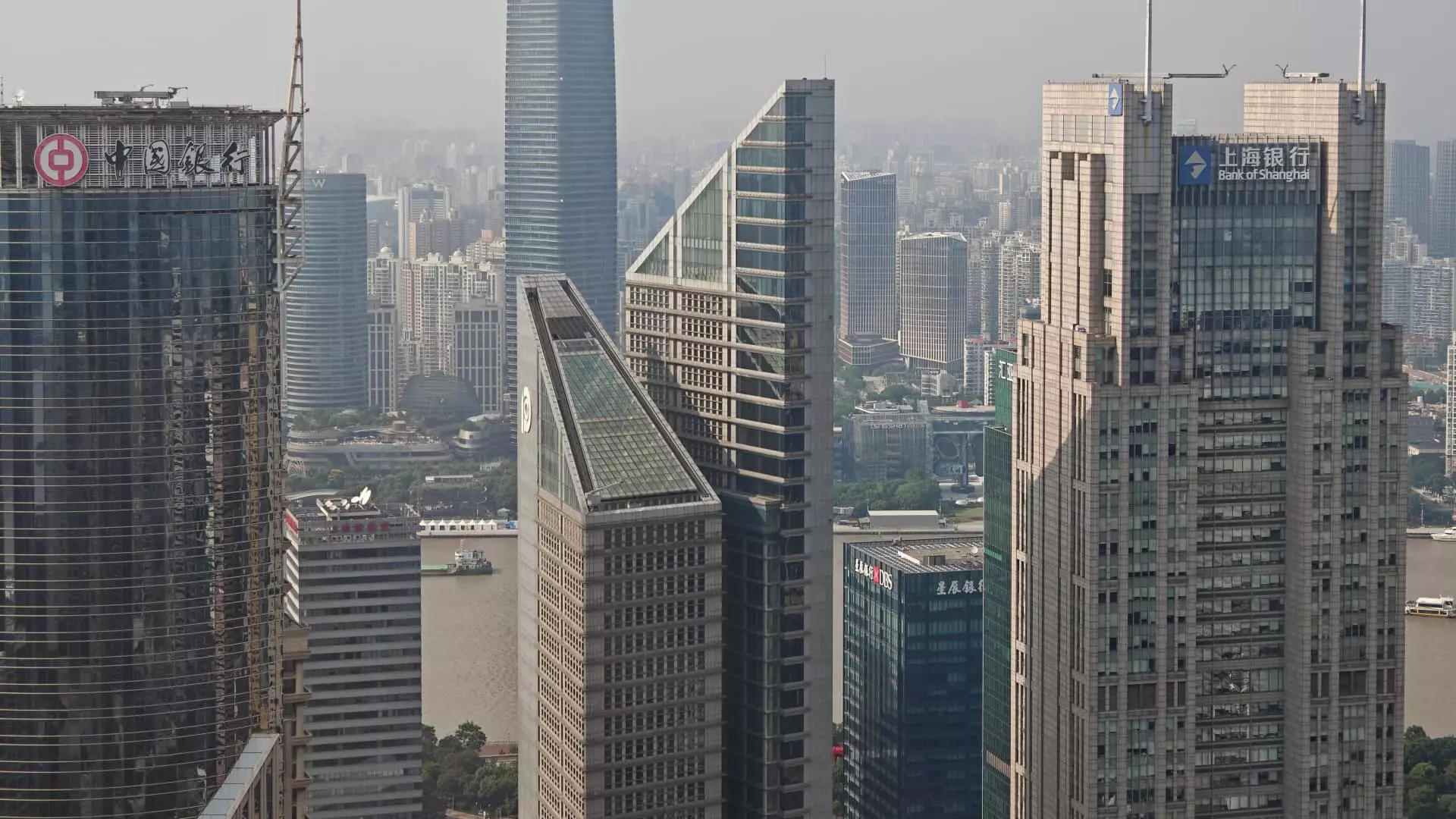For the discerning investor, China’s recent stock performance and policy signals paint a picture far more fragile than surface-level optimism suggests. While many remain hesitant to overhaul their portfolios, there’s an undeniable undercurrent of instability that demands cautious navigation. The narrative of China’s economic resilience—driven by tech optimism and high-dividend stocks—risks masking deeper systemic vulnerabilities that could accelerate under external pressures or internal policy shifts. Investors should approach this environment with skepticism, recognizing that China’s recent performance might be little more than a temporary mirage, vulnerable to the inevitable turbulence looming on the horizon.
The so-called revival of Chinese stocks—particularly Hong Kong-listed firms—has largely been driven by optimism about artificial intelligence and high yields. Yet, beneath this facade, fundamental issues persist. The Chinese government has shown limited resolve in implementing structural reforms needed to sustain growth. The lack of decisive action at the Politburo meeting underscores the growing disconnect between market expectations and policy realities. Meanwhile, the looming end of the U.S.-China tariff truce expoits a crucial vulnerability: with negotiations set to expire, a renewed trade conflict could send shockwaves through what is already a tenuous financial landscape.
volatile markets and the peril of complacency
Many investors have been lulled into a false sense of security by short-term gains, such as the 20% rally in Hong Kong’s Hang Seng Index. Still, this performance cannot obscure the stark contrast with the modest 3% rise of mainland China’s Shanghai Composite. This divergence is emblematic of the growing chasm between sectors—tech-driven markets versus more traditional, state-controlled industries. The high-flying tech sector’s recent boost was fueled by renewed enthusiasm for AI and innovation, but such optimism is fragile and susceptible to swift reversals, especially if regulatory crackdowns or global economic shifts occur unexpectedly.
Further, reliance on high-dividend stocks such as PetroChina and CR Power exemplifies a strategic shift toward yield-focused investments amid the regime’s cautious stance on growth. Yet, this strategy is inherently perilous in a market marked by geopolitical tensions, regulatory uncertainties, and slowing global demand. The narrative of high returns must be tempered with the recognition that these dividends are not guaranteed and could be withdrawn if political or economic conditions deteriorate further.
structural vulnerabilities and the risk of systemic collapse
One of the more alarming aspects of China’s current trajectory is the mounting systemic fragility. State-led investments and artificially supported sectors provide only short-term relief, not sustainable economic growth. The withdrawal of government support, coupled with restrictions on mainland investors accessing global markets, diminishes China’s self-sufficiency and exposes it to external shocks. The reluctance of local investors to trust domestic growth fundamentals, instead seeking higher yields from high-dividend firms, signals a crisis of confidence—an overreliance on rent-seeking rather than genuine productivity gains.
More disturbingly, China’s tech giants—such as ByteDance—remain off the public market, depriving investors of transparency and heightening the risk of systemic opaque bubbles. Their absence from the public domain hampers risk assessment and leaves many holding concentrated positions in overhyped sectors. Meanwhile, global investors continue to favor safer assets, including utility stocks or benchmark blue-chips, as a hedge against China’s underlying instability.
the paradox of hope and caution for the center-right investor
From a pragmatic, center-right liberal perspective, the key lies in recognizing China’s vulnerabilities without succumbing to outright pessimism. While some might argue that the China story remains intact due to its sizable market and strategic importance, this view overlooks the risks posed by political stagnation, geopolitical tensions, and internal economic imbalances. The smart investor will acknowledge that China’s apparent resilience is largely dependent on external stability and the continued inflow of foreign capital—factors increasingly unreliable in a turbulent global landscape.
In this environment, a conservative approach—focused on high-yield assets, balanced diversification, and prudent risk management—is essential. Investors must remain skeptical of sudden policy shifts or external shocks that can swiftly undermine fragile gains. Strategic patience, coupled with selective exposure and a clear-eyed understanding of systemic risks, offers the best chance to withstand China’s uncertain future, rather than chasing fleeting gains in an environment riddled with pitfalls. Only through this lens can one truly navigate the perilous waters of China’s financial markets in 2024.

